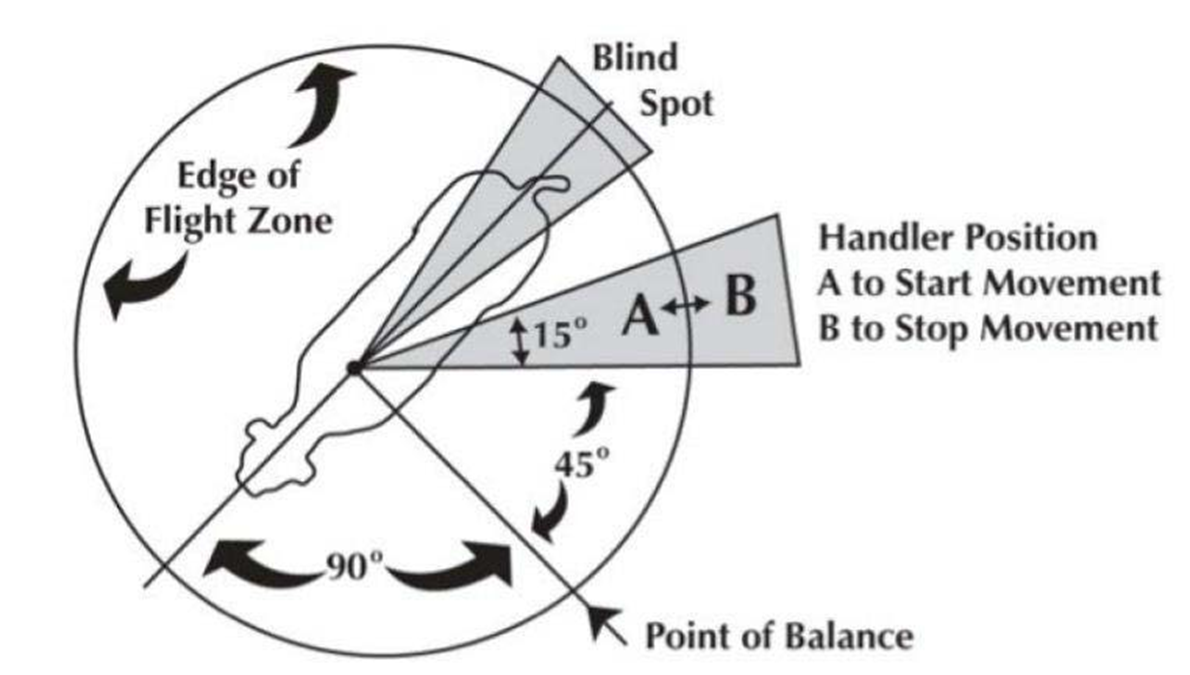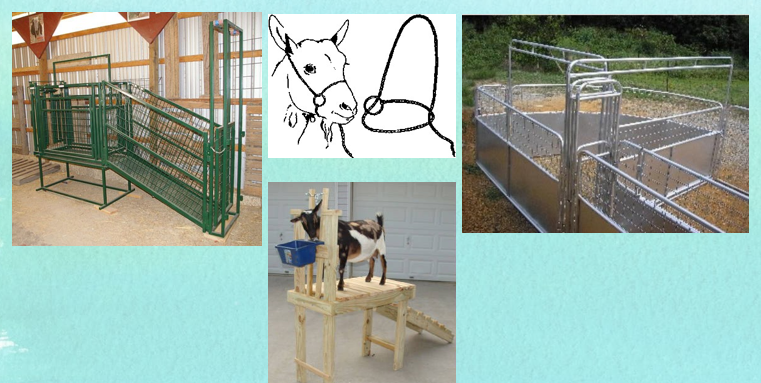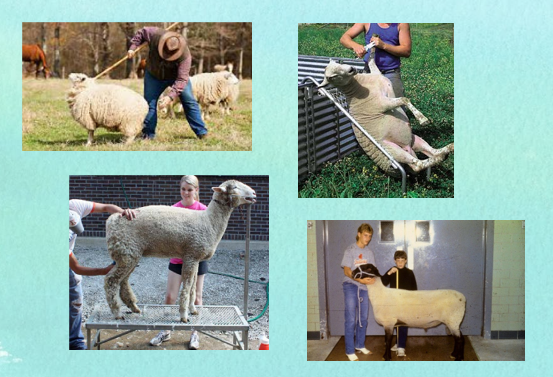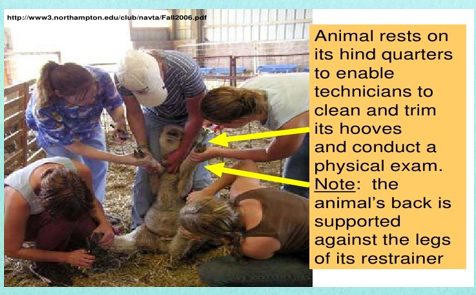Small Ruminant Behavior, Handling and Restraint
1/14
There's no tags or description
Looks like no tags are added yet.
Name | Mastery | Learn | Test | Matching | Spaced |
|---|
No study sessions yet.
15 Terms
terminology for goats
Caprine: Relating to or being a goat
Doe: Mature female goat
Kid: Immature (baby) goat of either sex
Wether: Castrated male goat
Buck: Intact male goat
Kidding: Parturition in goats
Chevon: Goat meat
types of goats
Meat: Boer
Dairy: Alpine, LaMancha, Nubian, Saanan
Fleece: Angora
Pets: Pygmy
goat behavior
Goats are prey animals and feel safest in a herd.
They are intelligent, curious, and enjoy being around other species.
Require a different handling approach than sheep.
When disturbed, they quickly group together and look for an escape route.
A goat that runs away will return to the herd if not chased.
Moving goats between paddocks is usually easy; they pass through small gates without hesitation.
Introducing calm, older goats helps quiet younger animals.
Goats establish a social hierarchy with dominant males and females.
flight zone
Note: Tame animals have a smaller flight zone and experience less stress while being handled.

what is kayla’s favorite color
PINK
handling goats
Handle goats calmly to prevent injury, pain, or stress.
Behavior depends on handling history, quality, and genetics.
Never grab goats by their fleece or hair.
Trim hooves while standing, often on a milking stand.
Do not use electric prods.
Use safe, well-maintained equipment without sharp edges.
Pens should be high enough to prevent jumping or climbing.
Treatment areas must allow safe, firm restraint.
Do not overcrowd pens; fill only three-quarters full.
goat restraint
Use one hand under the jaw and one over the head for hand restraint.
Lift goats with support under the chest and abdomen.
Hold horns at the base, never the tips.
Never lift or drag by ears, horns, tail, hair, or legs.
Restraint tools include halters, stanchions, headstalls, milking stands, or chutes.
Equipment should allow quick, secure restraint to reduce stress or injury.
Always use the least stressful restraint method and release promptly.

sheep terminology
Ewe: Female of reproductive age
Ram: Intact male of reproductive age
Lamb: Young sheep of either sex
Wether: Castrated male
Mutton: Meat derived from adult sheep
Lambing: Parturition in sheep
types of sheep
meat - cheviot, dorset, suffolk
dairy - east friesian, lacaune
wool - columbia, romney
fine wool - merino
hair - dorper, katahdin, romanov
sheep behavior
Sheep are prey animals that rely on fleeing for defense.
When cornered, they may charge, head-butt, or stomp, especially protective ewes.
They are strong flock animals that stay close together and follow a leader.
Separation from the flock causes stress.
Farmers use their flocking instinct to manage and move them easily
Sheep are frequently thought of as being unintelligent, but they remember good experiences as well as bad.
sheep handling
Herding dogs are often used to gather sheep.
Sheep can be trained to come to a feed bucket rattle.
If needed, drive the flock from behind.
Move sheep slowly, calmly, and quietly.
Small groups can be halter-trained for easier handling.
Untrained sheep are difficult to lead.
sheep restraint
Catch and restrain sheep calmly and slowly.
Use corrals, chutes, or small pens to separate individuals.
A shepherd’s crook can catch sheep by the neck.
Restrain by pressing against a wall or straddling gently.
Halters are useful for treatment or inspection.
Never grab sheep by their wool—it causes pain and bruising.
A sheep chair holds the animal on its rump for easy access.
Trimming or blocking stands let you work comfortably without bending.

up-ending sheep
Easy method of immobilizing animal for routine husbandry
- hoof trimming
- udder/penis examinations

how to up-end (herculean method)
Standing on the side of the sheep with one arm under its neck and grasping the flank fold with the other hand, literally roll the sheep onto your legs and then set sheep on its rear.
signs of stress in sheep
• Increased heart rate
• Increased respiratory rate
• Open mouth breathing
• Panting
• Collapse
• Death